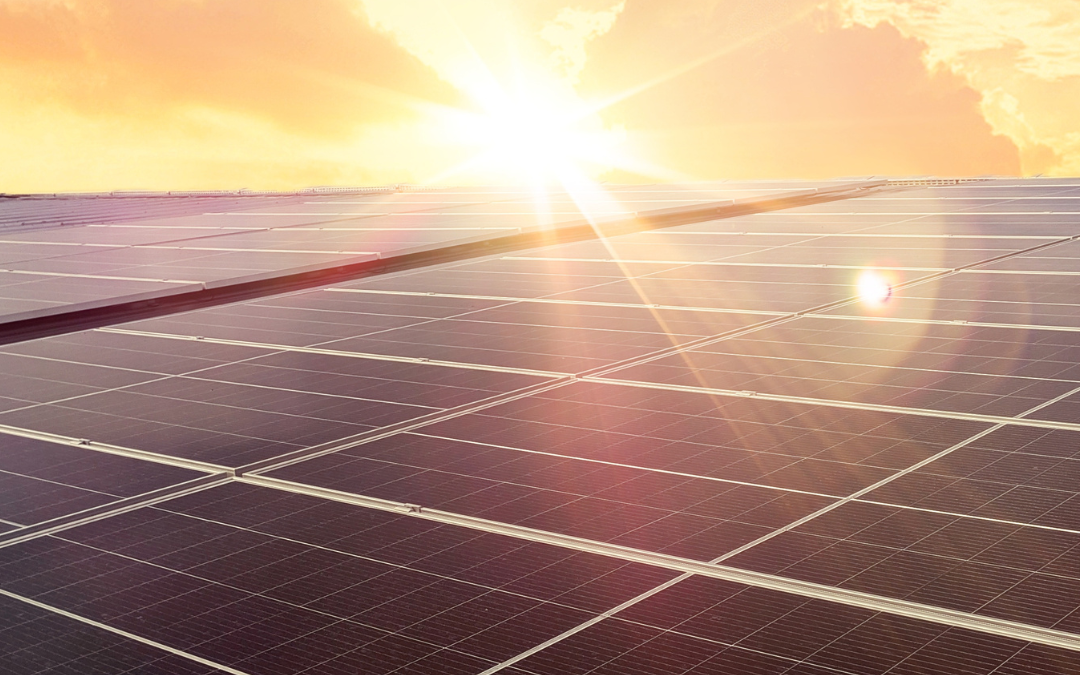Introduction
Costa Rica is frequently recognized as a model for environmental sustainability and renewable energy. With a power grid fueled by over 99% renewable sources, the country stands at the forefront of eco-friendly solutions. In this context, integrating photovoltaic panels into green buildings is a natural and necessary step. This article explores the importance and benefits of solar panels in sustainable constructions, emphasizing Costa Rica’s unique context.
What is a photovoltaic panel, and how does it work?
A photovoltaic panel is a device that converts sunlight into electricity using solar cells made of silicon or other semiconducting materials. When exposed to sunlight, these cells generate direct current electricity, which can power devices or be stored in batteries.
Installing photovoltaic panels in homes or buildings is an ideal solution in a country like Costa Rica, where sunlight is abundant year-round. For instance, the Guanacaste region enjoys around 300 sunny days a year, making it a prime location to harness this technology.
Why integrate photovoltaic panels into eco-friendly buildings in Costa Rica?
1. Aligning with the country’s environmental goals
Costa Rica has committed to achieving carbon neutrality by 2050, and using photovoltaic panels in homes supports this goal. By reducing reliance on fossil fuels for energy needs, sustainable buildings reinforce this national pledge.
2. Lower energy bills
Solar energy provides significant long-term savings. A home equipped with solar panels can cut its electricity bill by 50% to 100%, depending on the system’s size and energy needs. In rural areas, where grid access can be costly or limited, this technology offers an autonomous, cost-effective solution.
3. Adapted to tropical climate
Costa Rica’s climate is perfect for solar energy. Unlike other renewable energy sources like hydropower, which can be affected by dry seasons, solar energy remains available year-round. Modern technologies even optimize electricity production on cloudy days.
4. A boost for the tourism sector
Many eco-lodges and hotels in Costa Rica adopt photovoltaic panels to meet the growing demand for environmentally friendly accommodation. This not only reduces their ecological footprint but also positions them as eco-conscious leaders in the industry.
How to integrate solar panels into sustainable buildings?
Step 1: Assessing energy needs
Before installing photovoltaic panels, it is essential to determine the building’s energy consumption. This ensures the system is correctly sized. For example, a house in the mountains of San José will have different requirements than an eco-lodge on the beaches of Manuel Antonio.
Step 2: Panel design and orientation
In Costa Rica, the ideal orientation for solar panels is typically northwest or southwest, depending on the location. This maximizes sunlight exposure.
Step 3: Installation and maintenance
Once installed, panels require minimal maintenance. Regular cleaning to remove dust, leaves, or debris is enough to keep them efficient.
Real-life success stories in Costa Rica
1. Finca Rosa Blanca, Heredia
This eco-hotel uses photovoltaic panels to power its rooms and common areas. Thanks to this technology, it covers 80% of its energy needs while offering a sustainable experience to its visitors.
2. Guanacaste Solar Project
In the Guanacaste region, many private homes and businesses have opted for solar panels due to the sunny, dry climate. These installations have helped the community reduce energy costs and improve supply reliability.
Challenges and future outlook
Current challenges:
- High initial costs: Although photovoltaic panels offer long-term savings, the initial installation cost remains a barrier for some families.
- Technical training: Costa Rica must continue to develop a skilled workforce for solar system installation and maintenance.
Future prospects:
With government support and tax incentives, photovoltaic panel adoption could grow exponentially. In 2023, initiatives such as subsidies for low-income households and low-interest loans encouraged many families to embrace this technology.
Conclusion
Using photovoltaic panels in eco-friendly buildings is an ideal solution for Costa Rica. This technology not only aligns with the country’s environmental goals but also provides economic and practical benefits for its people. By fully harnessing its solar potential, Costa Rica can continue to be a global model for sustainability.

